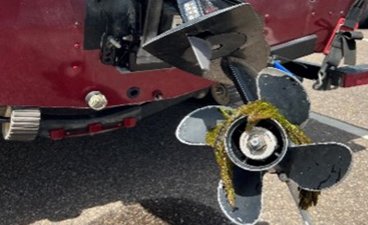
Aquatic invasive species prevention: Getting the best bang for the buck
by Nichole Angell
If you live in the Great Lakes region, you have more than likely heard of aquatic invasive species (AIS) and the risk they pose to the region’s highly valued water resources. AIS serve as ecosystem engineers negatively impacting the environment, economy, and human health. While invaders like zebra mussels and Eurasian watermilfoil can spread between waterbodies through various pathways, recreational boating is the biggest culprit.
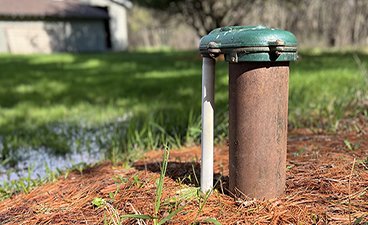
Test your well water after flooding
by Anne Nelson, University of Minnesota Extension Water Team
If you have a private well water supply after heavy rains or flooding is a good time to inspect your well and get your drinking water tested at a certified laboratory. Proper well construction can help keep outside water, debris, and rodents from getting into your drinking water source, but sometimes small issues can go unnoticed.
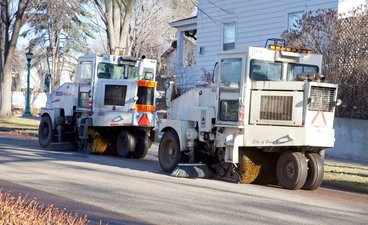
A sweeping solution to stormwater pollution
As Minnesota constructs more impermeable buildings, streets, parking lots and other structures, our problems with stormwater pollution and flooding will increase. This column is about a sweepingly simple solution to reducing stormwater pollution that can also reduce street flooding.
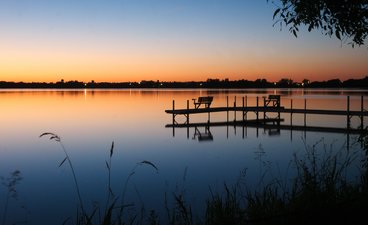
‘Concern is always there’: Experts caution about ‘finite’ amount of water in Minnesota
Most of us tend to think the Land of 10,000 Lakes has an unlimited supply of water, but environmental experts say they’re cautious about the use of groundwater. Article cites WRC research.
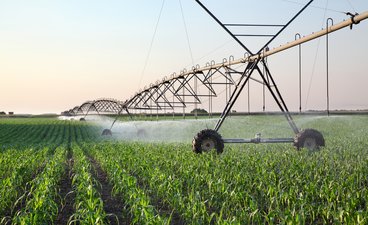
Investigating the effects of intensive agricultural irrigation on tribal resources in Central Minnesota
by Philip Margarit and Leslie Ludtke
The 1855 Treaty Territory overlaps partially with the Pineland Sands Aquifer System (Pineland Sands) in Central Minnesota. This region is important culturally, ecologically, and economically, including the headwaters of the Mississippi River and numerous trout streams, recreational lakes, and wild rice water bodies important to the Anishinaabe.